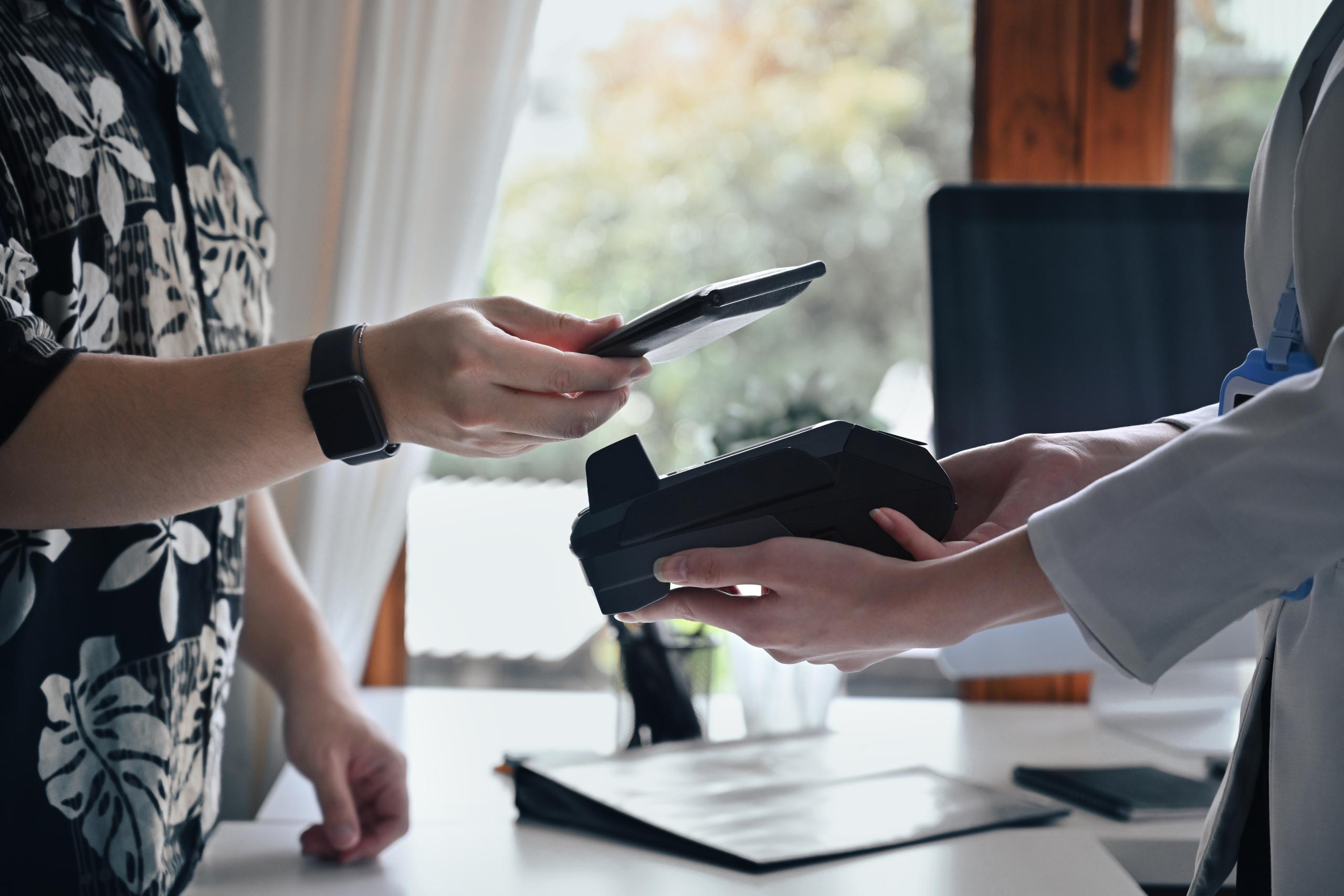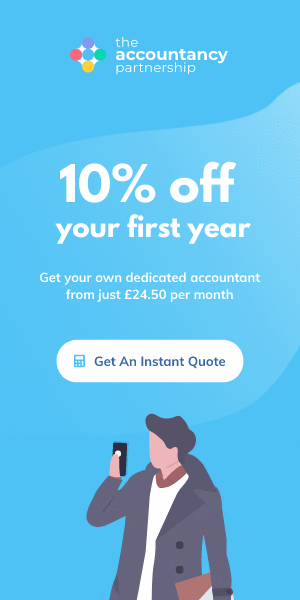Providing the right payment method to your customers can be all that’s between making a sale or an abandoned basket.
In fact, a recent study revealed almost all (87%) online shoppers will abandon a cart during the checkout process if payment was a struggle for them. More than half (55%) said they would go as far as to never return to the retailer’s website again.
Offering the preferred way to pay isn’t only important for online ecommerce businesses though. It’s as crucial for other digital transactions and face-to-face payments too.
How a business takes payments from its customers largely depends on what the business is and how the transactional process works.
A mobile hairdresser who travels between clients, for example, is likely to take payment in a very different way to a freelance copywriter with clients on the other side of the world. B2B businesses will probably take payments in a different way to B2C businesses, too.
Getting it right is essential but understanding your best option(s) isn’t always easy. In this article we’ll take a look at:
- Digital and online payment options and when to use them
- In-person payment methods and the types of business they work best for
- Why it’s so important to provide customers with multiple ways to pay
Digital and online payment methods
Below are some of the most common digital and online payment methods but with so many options out there, this list is certainly not exhaustive.
Whilst we’re on the subject though, it’s also worth noting that digital checkouts (i.e., not cash) are great news for creating digital bookkeeping records. If you use decent accounting software it’s likely to include an integration which records your transactions into your bookkeeping, making business admin much easier.
The types of businesses most likely use these types of payment methods include:
- Businesses with their own website where people can purchase goods or services.
- Merchants using ecommerce platforms to sell products. That said, it is worth noting that platforms like eBay, Etsy, and Amazon, have their own payment gateways with pre-established methods set up.
- Those selling products through other digital platforms such as Instagram and Facebook.
- Freelancers and contractors.
Credit credits and debit cards
This is arguably the most common form of online payment and one that customers will always expect to see without fail if you operate an online store. To boost your user experience, we also recommend giving people the option to save their card details for next time if they wish to do so.
There are various apps and website plugins that allow you to handle card payments, although it’s wise to check the small print to see what the handling fees are.
PayPal
Outside of card payments, PayPal is one of the most popular and sought-after ways for online customers to pay. Add a PayPal Checkout button—known as Website Payments Standard—to your app or website with some simple code to enable customers to complete a sale with the security of PayPal. Keep in mind: you will pay a fee per transaction.
Stripe
Like PayPal, Stripe is a popular payment platform which integrates with your online store to facilitate sales transactions between you and your customers.
It has several advantages, depending on what your needs are, including the ability to customise the payment system, as well as being able to create and send invoices securely.
As with other payment methods, you will pay a fee per transaction, and you’ll need to have your own website up and running to start using Stripe.
Digital wallets
Digital wallets like Google Pay and Apple Pay are gaining popularity for their easy integration and ease of use. With more and more people using these payment systems, we recommend including these as an option for your customers.
Gift cards or vouchers
This may not apply to your particular product or service, but if you do offer gift cards, discount codes, or similar, then your checkout process needs to able to handle them. Some customers can be put off by paying full price and waiting for the difference to be refunded to them (and it doesn’t do your bookkeeping any favours either!).
Invoicing
Most freelancers and contractors won’t have an online store, which rules out an online checkout, so invoicing a customer is generally the preferred method of collecting payment.
Send an invoice over to your client, and make sure it includes all the ways you accept payment (with the appropriate details they will need to send the money). For instance, your bank details so they can make a transfer, PayPal, cheque, or if you use online bookkeeping software, some providers give you the option of including an online payment handling link in the invoice.
In-person payment methods
Depending on the nature of your business, the other option is to offer payment methods that facilitate transactions which take place face-to-face. These types of payment methods are the best options for:
- Bricks-and-mortar businesses such as shops and salons, etc.
- Mobile and pop-up businesses, like taxi services.
Cash
There’s no denying that cash transactions are becoming less common. In fact, according to a study by HMRC, only one in six payments were made with cash in 2020-2021.
However, while there are still customers looking to pay with cash, it’s important you continue to make it an option wherever possible. Don’t forget your change float!
Point of sale (POS) card machine
Aside from cash, this is the most traditional option—a card machine wired up to your till or checkout area. This works particularly well for static businesses that don’t call for flexibility or mobility. Where card machines are concerned, we recommend supporting contactless payments as well as chip-and-pin transactions.
Card reader with integrated app
Unlike static businesses, mobile businesses, restaurants and pop-ups do require additional flexibility. A wireless card reader with an integrated app enables this so that you can take payments on the move. Again, offering contactless as well as chip-and-pin is advisable for convenience and customer satisfaction.
Card machines, whether they’re static or portable, also allow customers to pay contactless using their digital wallets in person by tapping devices on the reader.
The importance of giving customers multiple payment options
Whatever your business is and however it operates, it’s important to offer your customers multiple ways to pay wherever possible. This is particularly relevant for online, ecommerce businesses that have the ability to set up payment gateways and checkout processes that facilitate a whole range of different payment methods.
We recommend offering a number of ways to pay for numerous reasons, including:
- Building a positive perception of your business. When you associate your business with leading payment providers like PayPal and Apple Pay, customers are more likely to trust your brand.
- Customer convenience. When somebody is ready to pay you, you want to make the process as simple and seamless as possible for them. Providing multiple ways to pay helps to achieve this and instantly boosts customer satisfaction. This then snowballs into wider benefits such as positive reviews and repeat sales.
- Reducing abandoned baskets. If an online customer gets to the checkout and can’t see their preferred payment method listed as an option, there’s a fairly high chance they’ll abort the process. This leads to higher instances of abandoned checkouts and fewer conversions.
You’re never going to keep everybody happy all of the time, but catering for as many payment method preferences as possible is a great way to stand you in good stead.
All of the points above combine to increase your sales and conversions, which will have a positive impact on your profit, cash flow, and overall growth. More money in the bank means more money to scale your business after all.
Find more help and support for your London-based business in our information centre.





Leave a Reply